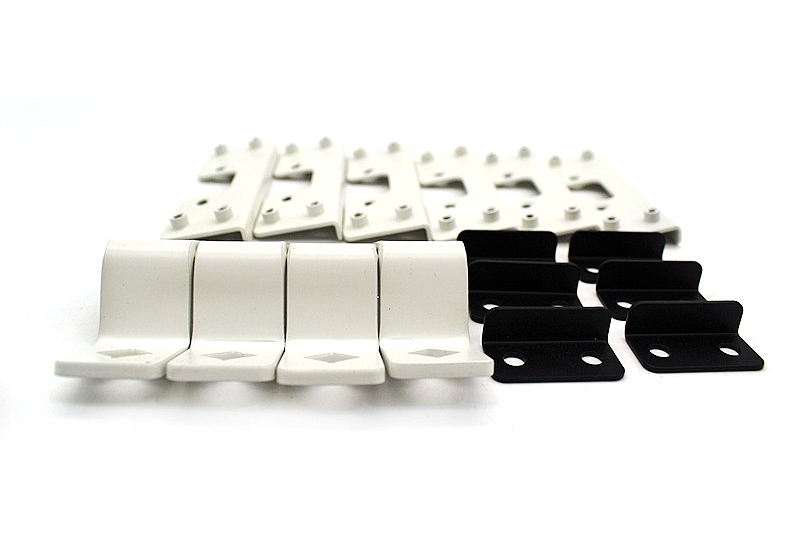What level of accuracy can CNC press brakes typically achieve?
Introduction
As an engineer working closely with modern forming systems, I rely on CNC press brakes when projects demand tight tolerances and consistent repeatability. Their precision is essential for industries that require accurately bent components with minimal deviation. When combined with advanced upstream cutting, optimized materials, and proper surface finishing, CNC press brakes deliver a high level of dimensional control across both prototypes and mass-production parts.
Precision Capabilities of CNC Press Brakes
Modern CNC press brakes can typically achieve bending accuracy within ±0.1 mm and angle accuracy within ±0.3°. This is made possible through real-time servo feedback, laser angle measurement, and compensation algorithms that account for material spring-back. The accuracy is even more stable when the parts originate from controlled processes such as laser cutting or clean-edge plasma cutting, ensuring predictable bend geometry.
Tightly controlled sheet stock is also crucial. Materials such as cast stainless steel, copper alloy, or well-balanced magnesium alloy exhibit predictable mechanical behavior under bending, thereby reducing variability and improving accuracy. Aluminum alloys such as A356 and A380 are also commonly bent with high consistency due to their formability.
How Related Manufacturing Processes Improve Accuracy
Upstream manufacturing steps directly influence the press brake’s final precision. Profiled blanks produced by sheet metal fabrication allow engineers to maintain edge consistency before forming. In production runs, forming components created from sheet metal stamping reduces variation and maintains high bending repeatability. For early-stage builds, tight control is achieved by validating part geometry through prototyping or even rapid prototyping via CNC machining.
In thicker materials, such as structural steel or high-strength aluminum, blanks originating from precision casting or gravity casting can also be formed accurately when machining and flattening steps are integrated.
Influence of Surface Treatments and Conditioning
Post-bend stability is reinforced by surface finishes. Treatments such as anodizing help stabilize aluminum components, while coatings like powder coating protect steel parts from deformation during handling. When hardness or grain refinement is required, processes such as heat treatment enhance material consistency, further improving bending repeatability.
Industries That Depend on High-Accuracy CNC Bending
Industries with stringent dimensional requirements rely heavily on CNC press brakes. In automotive, accurate bends are essential for chassis brackets and structural mounts. The consumer electronics sector depends on precision to form thin enclosures and shielding components. For rugged environments such as power tools, precise bending ensures strong, consistent frames and handles.
Conclusion
CNC press brakes consistently achieve accuracy levels of ±0.1 mm in linear precision and ±0.3° in bending angle when supported by proper material selection, controlled upstream processes, and suitable surface treatments. These systems play a crucial role in modern precision fabrication, delivering reliable performance across high-demand industries.



